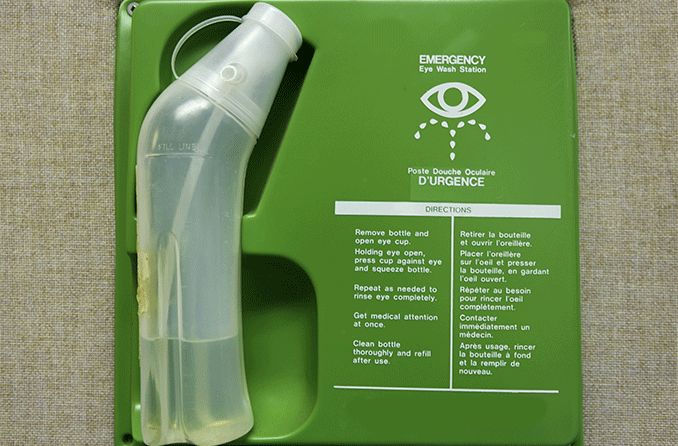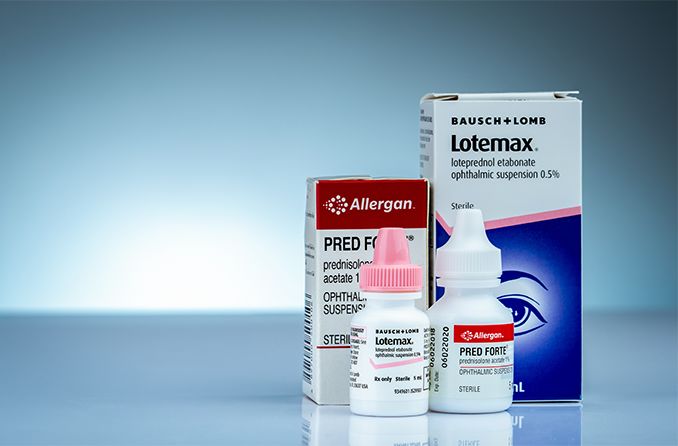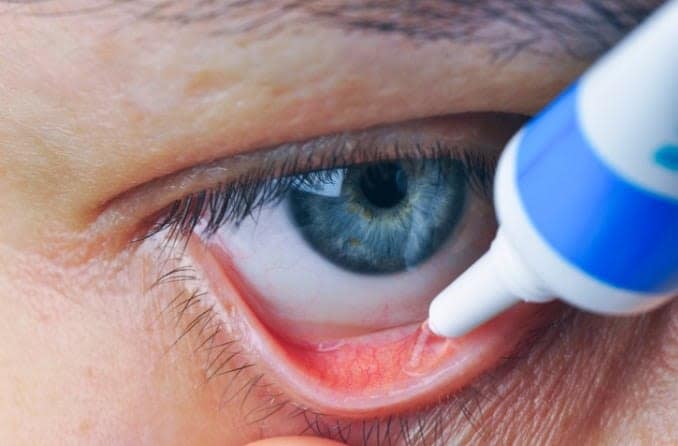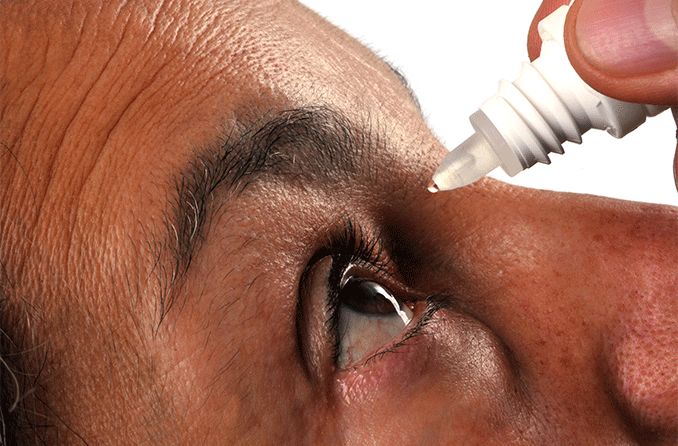What is erythromycin ophthalmic ointment used for?
Erythromycin ophthalmic ointment is an antibiotic used to treat certain bacterial eye infections. It is only available with a prescription and is not effective against viral or fungal infections. Brand names for this eye ointment include Romycin and Ilotycin.
Erythromycin eye ointment can treat bacterial eye infections such as:
Bacterial conjunctivitis – A common infection of the eyes that affects the conjunctiva, which is a very thin, clear membrane that covers the white of the eye (sclera), and the inner surface of the eyelids.
Blepharitis – An inflammation of the eyelids caused by bacteria on the skin or at the base of the eyelashes, or by problems with oil glands in the eyelids.
Neonatal conjunctivitis – A type of conjunctivitis in newborns that develops if chlamydia or gonorrhea bacteria enter their eyes during birth.
Other common antibiotic eye ointments
Erythromycin is one of many antibiotic eye ointments used to treat eye infections. Other common treatments include:
Tobramycin – An antibiotic used for eye infections. Tobradex is a common brand name for the combination of tobramycin and a steroid used to treat bacterial eye infections.
Bacitracin, Polymyxin B and Neomycin – Antibiotics that kill bacteria on the skin. The combination of these three is used to treat eye infections and is only available with a prescription.
Ciprofloxacin ophthalmic – An antibiotic that kills the bacteria that cause infection. It is available as an ointment and as eye drops.
How do I apply erythromycin ointment to my eye?
It’s very important that you use your eye ointment as directed by your doctor. If used incorrectly, the ointment may not work as intended. You may also be more likely to experience side effects.
Follow these steps to apply erythromycin eye ointment properly:
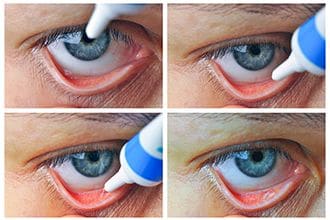
Depiction of how to apply erythromycin ointment to the eye
Wash your hands thoroughly with soap and water.
Use one or two fingers to gently pull down your lower eyelid, creating a pouch between the lid and your eyeball.
Place the tip of the tube of ointment close to your eye and squeeze a thin line of ointment in the pouch you created.
Be sure not to let the tip touch anything, including your fingers and eyes.
After you have applied the ointment, blink slowly a few times. Then close your eyes for a minute or two to let it absorb completely. Your vision may be blurry for a few minutes, but try not to rub your eye.
Use a clean tissue to wipe away any excess ointment from your eye area.
Use another clean tissue to wipe off the tip of the ointment tube before you replace the cap.
Wash your hands once more to remove any ointment from your fingers.
You may need to use this antibiotic eye ointment up to six times a day for your bacterial eye infection. If you miss a dose, apply the ointment as soon as you remember. If it’s almost time for the next dose, skip the missed dose and continue your regular dosing schedule. Don’t use extra ointment to make up for a missed dose.
SEE RELATED: How to put in eye drops
Does erythromycin eye ointment have any side effects?
Erythromycin eye ointment is an effective treatment for bacterial eye infections. You could still experience some side effects while using this antibiotic eye ointment, including:
Burning, stinging or itching of the eyes or eyelids
Changes in vision
Redness, swelling or pain in or around the eyes
In rare cases, some people have allergic reactions to this eye ointment, such as:
Skin rash
Itching
Hives
Swelling of the face, lips or tongue
Tell your doctor as soon as possible if you have an allergic reaction or any of these side effects while using erythromycin eye ointment.
Are there any precautions or interactions I need to know about?
Drug interactions are very uncommon with erythromycin eye ointment. But to be safe, tell your doctor about all other medicines you take. This includes prescription and over-the-counter medicines, vitamins and herbal supplements.
It’s also important to tell your doctor and pharmacist if you are allergic to any medications. This includes erythromycin and any of the ingredients in erythromycin eye ointment. You can ask your pharmacist for a list of the ingredients.
Can I wear contact lenses while using erythromycin eye ointment?
If you wear contact lenses, your doctor will suggest you wear glasses for as long as you are using your prescribed eye ointment. It is safe to wear contact lenses while using erythromycin eye ointment, but you may not want to do so.
The ointment could prevent the contact lens from moving correctly in your eye. It could also coat the lens, which may cause blurry vision. It’s also advisable to not wear eye makeup during this time.
What should I watch for while using erythromycin eye ointment?
You should start to feel better in two to three days, so tell your doctor if your symptoms aren’t improving. You should always tell your doctor if you are having any side effects, or if you develop other problems with your eyes while using this medication.
It’s important to use the eye ointment exactly as directed, even if you feel better. If you stop using it too soon, the infection could come back. This can allow the bacteria to become resistant to antibiotics.




